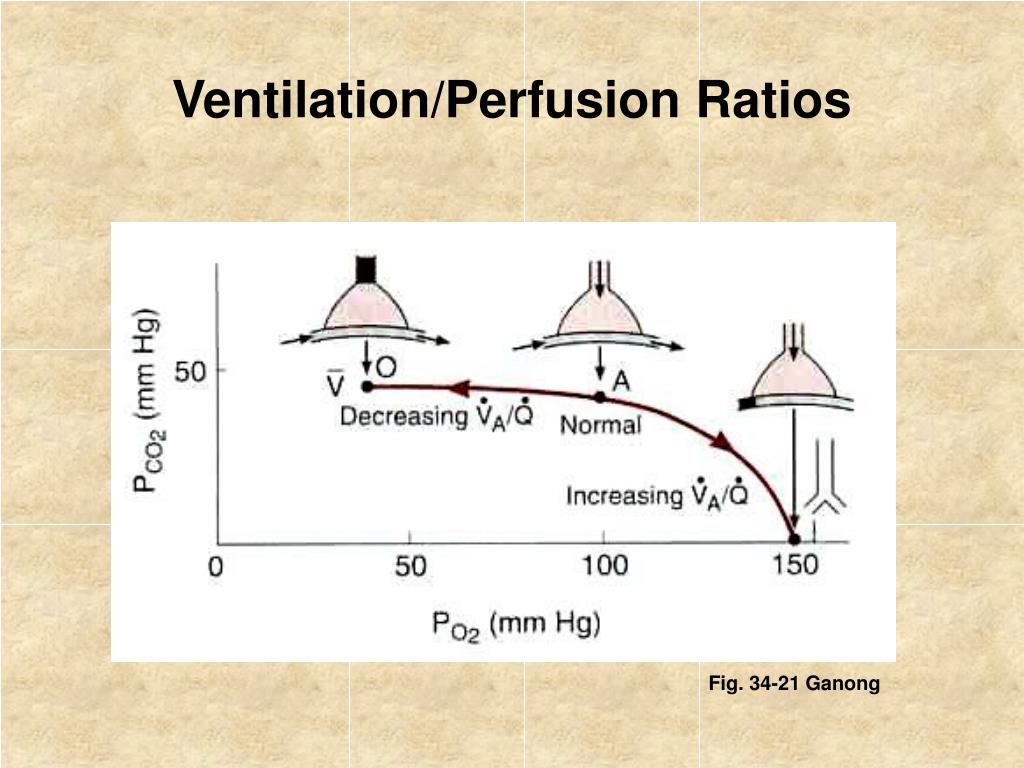

Compression to ventilation ratio how to#
How to perform CPR - children over 1 year If you can’t give breaths, doing compressions only without stopping may still save a life.

Check that yours and the patient’s mouth are sealed together and the nose is closed so that air cannot easily escape. Make sure the head is tilted and chin lifted to open the airway.


Blow steadily into their mouth for about 1 second, watching for the chest to rise.Take a breath and place your lips over the patient's mouth, ensuring a good seal.Open the person’s mouth with your thumb and fingers.Pinch the soft part of the nose closed with your index finger and thumb.Open the person’s airway by placing one hand on the forehead or top of the head and your other hand under the chin to tilt the head back.Pressing down and releasing is 1 compression. Using your body weight (not just your arms) and keeping your arms straight, press straight down on their chest by one third of the chest depth.Position yourself above the patient’s chest.Place your other hand on top of the first hand and interlock your fingers. Place the heel of your hand on the lower half of the breastbone, in the centre of the person’s chest.Place the patient on their back and kneel beside them.Do not get one yourself if that would mean leaving the patient alone. Start chest compressions as soon as possible after calling for help.Īttach an Automated External Defibrillator (AED) to the patient if one is available and there is someone else who is able to bring it. Chest compressions are the most important part of CPR. If they are still not breathing normally, start CPR. If they are breathing normally, place them in the recovery position and stay with them. Remove any obvious blockages in the mouth or nose, such as vomit, blood, food or loose teeth, then gently tilt their head back and lift their chin.Ĭheck if the person is breathing abnormally or not breathing at all after 10 seconds. Do not leave the patient.Ĭheck their mouth and throat is clear. If there is no response, phone triple zero (000) or ask another person to call. Look for a response from the patient - loudly ask their name, squeeze their shoulder. (Use the phrase “doctor’s ABCD” - DRS ABCD - to help you remember the first letter of each step.) DRSABCD ACTION PLAN LetterĮnsure that the patient and everyone in the area is safe. Watch this video from Royal Life Saving Australia about how to perform CPR on an adult, or read the DRS ABCD action plan and step-by-step instructions below.įollow these steps before starting CPR. is not breathing, or is breathing abnormally.This can help keep the brain and vital organs alive. If you know CPR, you might save the life of a family member or friend.ĬPR involves chest compressions and mouth-to-mouth (rescue breaths) that help circulate blood and oxygen in the body.Performing CPR may save a person’s life.Try to stay calm if you need to do CPR.
Compression to ventilation ratio professional#
CPR is a skill that everyone can learn - you don’t need to be a health professional to do it.Related information on Australian websitesĬPR (short for cardiopulmonary resuscitation) is a first aid technique that can be used if someone is not breathing properly or if their heart has stopped.Using an automated external defibrillator (AED).How to perform CPR - babies under 1 year.How to perform CPR - children over 1 year.Start CPR as soon as possible after calling for help. Are you in an emergency situation right now? Call triple zero (000) immediately and ask for an ambulance.


 0 kommentar(er)
0 kommentar(er)
